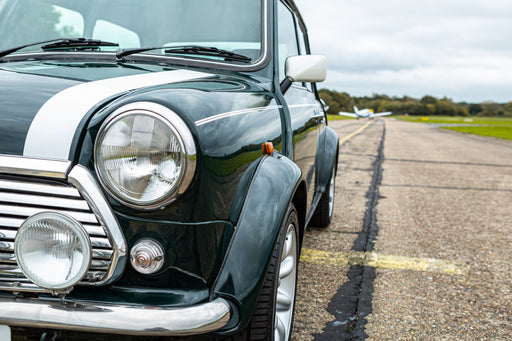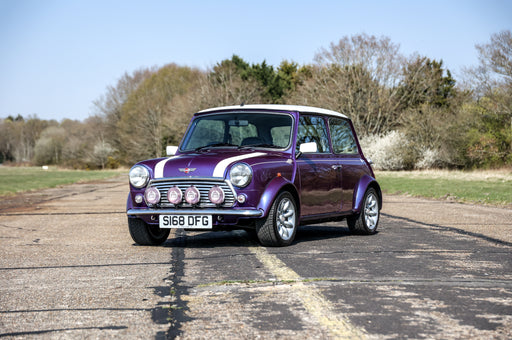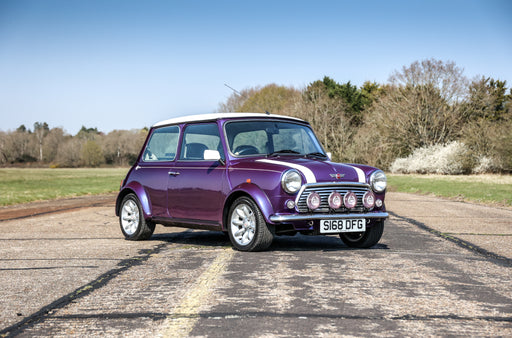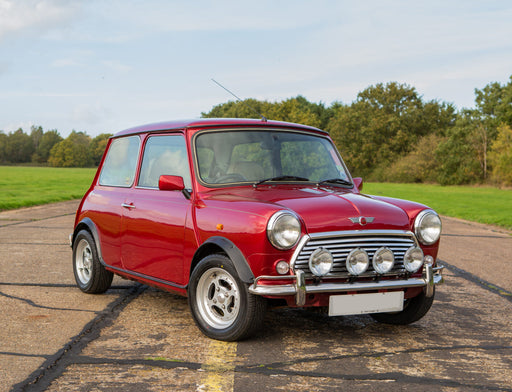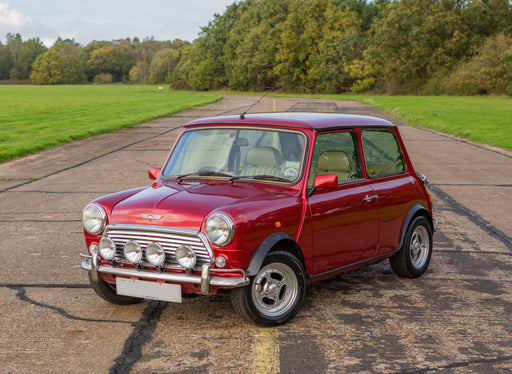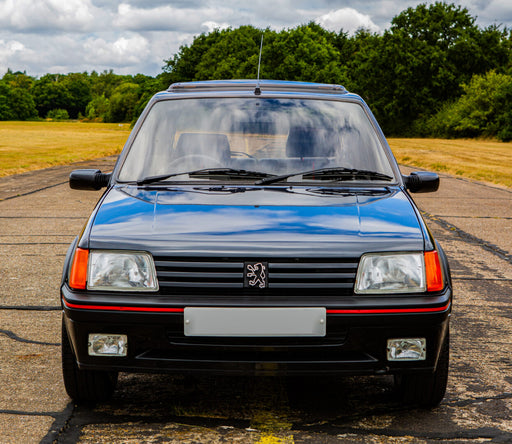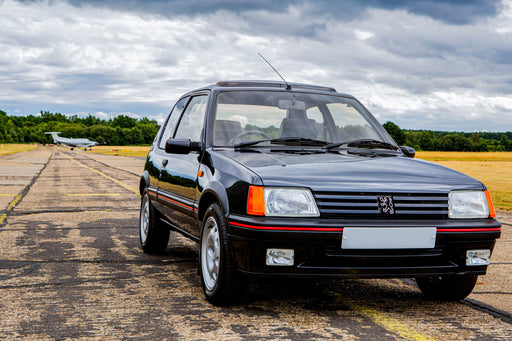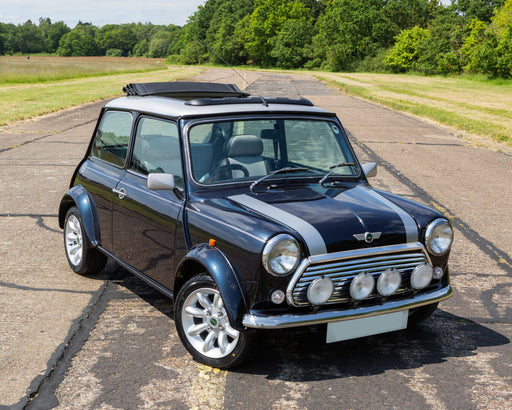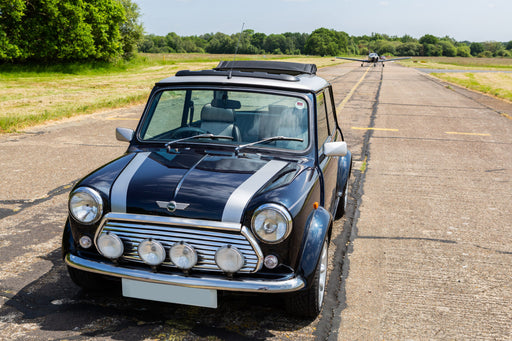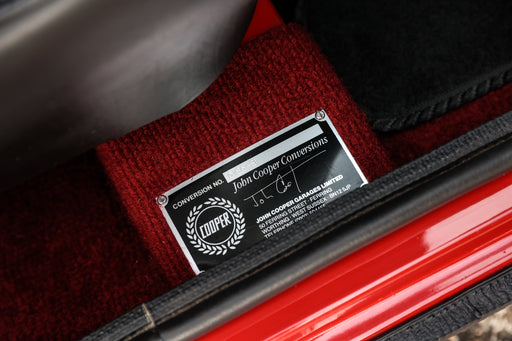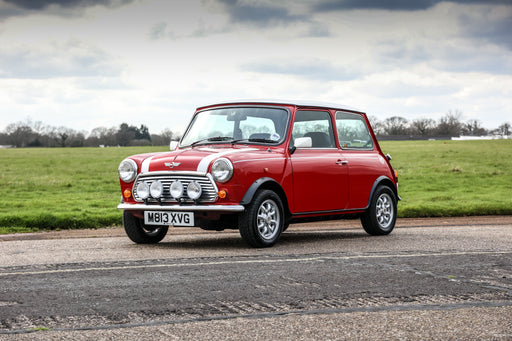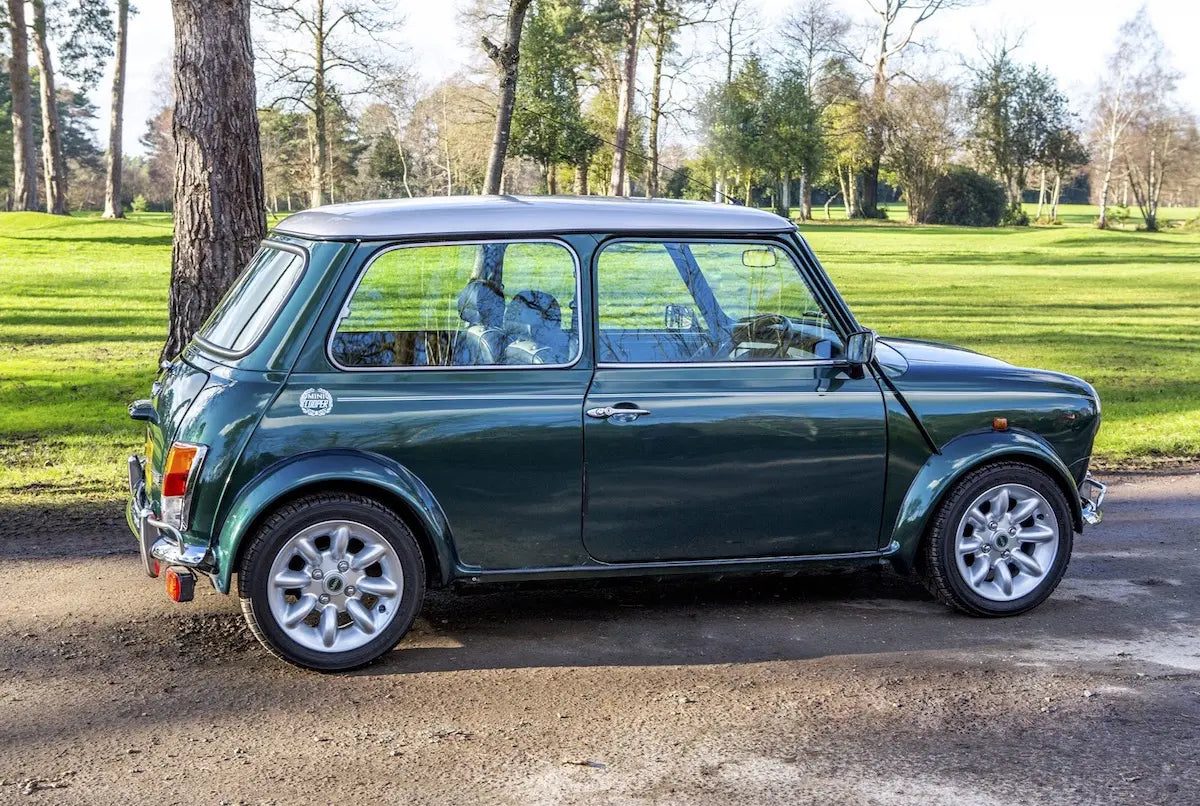
 >
>

Winter preparations for your classic Mini
Classic Minis are becoming an increasingly popular classic car choice for car enthusiasts. There are a number of reasons for this, but the main ones are that they’re relatively small and light so easy to manoeuvre and drive, they’re affordable to buy and maintain compared to some other classic cars, and they have lots of personality. Once you’ve bought your small but perfectly formed little car there are some things to think about with the winter coming up.
Winter driving can be a challenge for any driver, but it can be especially daunting for those who own classic cars. Classic Minis are quirky little cars that require a bit of extra care and attention, but with a few simple tips, you can keep your classic Mini on the road all winter long. However, if you’d prefer to tuck your Mini away for a few months here are some things you should consider.
Preparing your classic Mini for winter storage
If you’ve decided that you want to put your pride and joy away for the winter to keep it safe from the harsh winter months. Firstly, choose a storage location that is clean, dry, and protected from the elements. An attached garage or storage shed is ideal. Wash your classic Mini thoroughly, inside and out paying special attention to the undercarriage which can collect salt, dirt and grime over the winter months.
Inspect your Mini for any signs of damage or wear and repair any issues before storing the vehicle. Then fill the fuel tank and add a fuel stabiliser to help prevent corrosion and clogging over the winter months.
Change the oil and filter according to your Mini’s maintenance schedule and inspect your mini for any signs of damage or wear. Repair any issues before storing the vehicle.
Check all fluid levels and top off as needed. Inspect the tyres and if needed inflate to the recommended pressure. Disconnect the battery to prevent discharge over the winter months. Store the battery in a cool, dry place. Alternatively, if your Mini is stored inside, you could could purchase a battery trickle charger.
Finally cover your classic Mini with a breathable car cover to protect it from dust and debris
Spring has arrived…..
Starting your classic Mini up again in the spring after its winter storage can be a bit daunting, but with this quick guide you’ll be up and running in no time.
- Check your oil level and top up if necessary. You should also check the condition of your oil – if it’s looking black and dirty then it’s time for a change.
- Check all your car fluids – coolant, brake fluid, power steering fluid etc. – and top up if necessary.
- Check your tyres for any signs of wear or damage, and inflate to the correct pressure if needed.
- Give your car a once over for any signs of damage or leaks.
- Try starting your car – if it doesn’t start first time, don’t worry, just give the engine a few minutes to cool down and try again.
And that’s it! Once you’ve done all of the above you should be good to go. Just remember to take things easy at first until you’re sure everything is working as it should be. Running a classic Mini is generally straightforward, and following these important tips will ensure happy motoring for years to come.
For more information or advice about buying and running a classic Mini contact Phil Mires on 01932 640113 or email phil@pm-antiques.co.uk
Latest Classic Cars For Sale
classic minis wanted
We are actively seeking classic Minis in excellent condition, ideally with low mileage and a detailed history, especially models such as the Cooper...
View details1999 classic mini cooper s touring by john cooper garages
As featured in MiniWorld Magazine. In 1997, John Cooper Garages launched two new exciting iterations of the iconic Mini Cooper S: the Cooper S Tour...
View details1996 classic mini 'cooper s touring' by miniworld & john cooper garages
A unique opportunity to purchase a MiniWorld Magazine feature car specially converted by John Cooper Garages. This Mini was supplied to Link House ...
View details1989 peugeot 205 gti 1.9
First registered on 29th September 1989. 84,000 miles from new. Driven a mere 5,000 miles in the past 15 years. A collector-quality example. Meticu...
View details2001 classic mini cooper sport 500
The Cooper Sport 500 was the final edition of the classic Mini, released in a strictly limited production run of 500 units. They were only availabl...
View details1994 classic mini john cooper si+, only 7695 miles from new!
As featured in MiniWorld Magazine. This Mini Cooper was originally supplied by Hannants of North Walsham, Norfolk on 17th December 1994 and is pr...
View details
